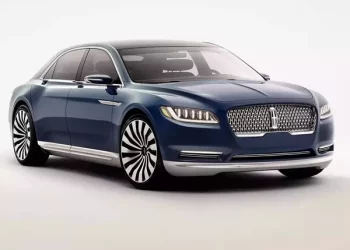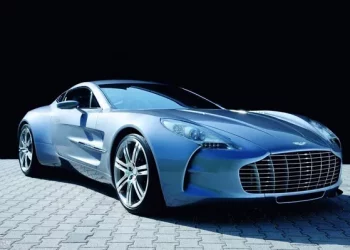The BMW 3 Series has long been revered for its exceptional performance and driving dynamics. As technology advances, turbocharging has become a popular feature in many modern vehicles, including the BMW 3 Series. In this comprehensive guide, we will delve into the different models and trims of the BMW 3 Series to identify which ones are equipped with turbocharged engines. Whether you’re a performance enthusiast or simply looking for a power boost, understanding the turbocharged options available in the BMW 3 Series will help you make an informed decision.
The Advantages of Turbocharging
Turbocharging involves using a turbine-driven forced induction system to increase the power output of an engine. By compressing the intake air and forcing it into the engine, a turbocharger can provide significant performance benefits. Here are some advantages of turbocharged engines:
Increased Power and Torque
Turbocharging enhances the power and torque output of an engine, resulting in improved acceleration and overall performance. The additional compressed air allows for better combustion and more efficient power delivery.
Fuel Efficiency
Turbocharged engines often provide better fuel efficiency compared to larger naturally aspirated engines. By utilizing smaller displacement engines and boosting their power with turbocharging, automakers can achieve a balance between performance and fuel economy.
Enhanced Engine Response
Turbocharged engines typically offer improved throttle response due to the forced induction system. The turbocharger helps the engine generate power at lower RPMs, reducing turbo lag and providing a more immediate power delivery.
Turbocharged Models in the BMW 3 Series
The BMW 3 Series lineup includes several models and trims, each with unique engine options. Let’s explore the turbocharged options available in the BMW 3 Series:
BMW 330i
The BMW 330i is one of the most popular models in the 3 Series lineup and is equipped with a turbocharged engine. In recent generations, the 330i has been powered by a 2.0-liter turbocharged inline-4 engine. This engine delivers an impressive balance of power and efficiency, providing strong acceleration and smooth performance on the road.
BMW 340i
For those seeking even more power, the BMW 340i offers a higher-performance turbocharged option. In previous generations, the 340i was equipped with a 3.0-liter turbocharged inline-6 engine. This engine delivers exhilarating performance, producing more horsepower and torque compared to the 330i. The 340i is an excellent choice for enthusiasts looking for a spirited driving experience.
BMW M3
The BMW M3 is the high-performance variant of the 3 Series, offering unparalleled power and precision. In recent generations, the M3 has been powered by a turbocharged engine. The specific engine configuration may vary depending on the generation, but they are typically inline-6 engines with twin-turbochargers. The M3’s turbocharged powerplant delivers impressive horsepower and torque figures, resulting in breathtaking acceleration and track-ready performance.
Considerations for Turbocharged Models
While turbocharged engines offer significant advantages, it’s important to consider a few factors when opting for a turbocharged BMW 3 Series model:
Maintenance and Service
Turbocharged engines can be more complex and require additional maintenance compared to naturally aspirated engines. It’s crucial to follow the manufacturer’s recommended maintenance schedule, including regular oil changes and proper cooling system maintenance. Additionally, ensure that qualified technicians with experience in turbocharged engines service your vehicle.
Fuel Requirements
Turbocharged engines may have specific fuel requirements to optimize performance and reliability. It’s important to use the recommended fuel grade (typically premium unleaded) specified by the manufacturer. Using lower octane fuel can potentially impact performance and could lead to engine knock or damage over time.
Insurance and Ownership Costs
Turbocharged engines can sometimes result in higher insurance premiums due to the increased power output and performance capabilities. Before purchasing a turbocharged BMW 3 Series, it’s advisable to obtain insurance quotes to assess potential cost differences. Additionally, consider factors such as maintenance and repair costs, as well as the impact on resale value.
Conclusion
Turbocharging has become a prominent feature in the BMW 3 Series lineup, offering a range of options for enthusiasts seeking enhanced performance and driving excitement. The BMW 330i, 340i, and the high-performance M3 all come equipped with turbocharged engines, delivering increased power, torque, and overall performance. These models provide a thrilling driving experience while still offering the sophistication and luxury associated with the BMW brand.
When considering a turbocharged BMW 3 Series model, it’s important to keep in mind factors such as maintenance requirements, fuel considerations, and insurance costs. Regular maintenance and adherence to manufacturer guidelines are crucial to ensure the longevity and optimal performance of a turbocharged engine. Additionally, it’s advisable to consult with insurance providers and assess potential ownership costs associated with a turbocharged vehicle.
By understanding the turbocharged options available in the BMW 3 Series and considering the relevant factors, you can make an informed decision and select a model that best suits your driving preferences and requirements.
Related topics:





























